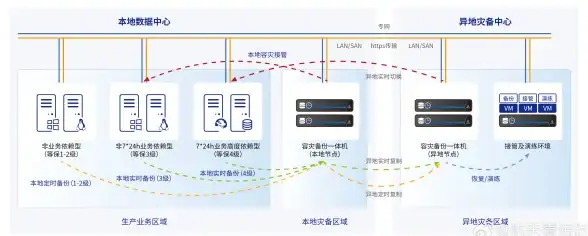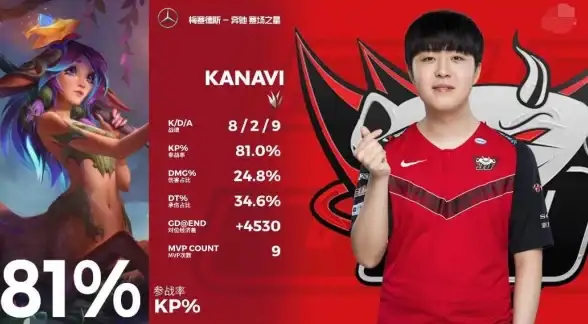前端开发|属性扩展_vue自定义属性及dict用法详解
- 问答
- 2025-07-30 12:51:52
- 4
前端开发 | 属性扩展:Vue自定义属性及dict用法详解
场景引入:当标准属性不够用时
假设你正在开发一个后台管理系统,需要根据用户权限动态控制按钮的显示、样式或行为,管理员能看到"删除"按钮,而普通用户只能看到"查看"按钮,你可能会想到用v-if配合权限判断,但随着项目复杂度增加,这种写法会让模板变得臃肿:
<button
v-if="hasPermission('delete')"
class="btn-danger"
@click="handleDelete">
删除
</button>
<button
v-else-if="hasPermission('view')"
class="btn-primary"
@click="handleView">
查看
</button>
这时候,如果能像下面这样通过自定义属性声明式地控制元素,代码会更清晰:
<button
v-auth="'delete'"
v-class-map="{ 'btn-danger': true }"
@click="handleDelete">
删除
</button>
这就是Vue自定义属性的用武之地。

Vue自定义属性基础
1 什么是自定义属性
在Vue中,任何以v-开头的属性都是指令(Directive),但我们可以通过directives选项或插件机制扩展非原生支持的属性功能。
2 注册自定义属性
通过Vue.directive全局注册或组件选项局部注册:
// 全局注册
Vue.directive('auth', {
bind(el, binding, vnode) {
if (!checkPermission(binding.value)) {
el.style.display = 'none'
}
}
})
// 局部注册
export default {
directives: {
focus: {
inserted(el) {
el.focus()
}
}
}
}
3 常用钩子函数
bind:只调用一次,指令第一次绑定到元素时inserted:被绑定元素插入父节点时调用update:所在组件更新时(可能发生在子组件更新前)componentUpdated:所在组件及子组件全部更新后unbind:指令与元素解绑时
实战:权限控制属性 v-auth
1 实现逻辑
Vue.directive('auth', {
inserted(el, binding) {
const requiredRole = binding.value
const userRoles = store.getters.roles // 假设从Vuex获取权限
if (!userRoles.includes(requiredRole)) {
el.parentNode?.removeChild(el) // 直接移除DOM
// 或 el.style.display = 'none' 根据场景选择
}
}
})
2 使用方式
<template> <button v-auth="'admin'">敏感操作</button> </template>
3 高级用法:对象参数
支持更复杂的权限校验:
v-auth="{ role: 'admin', anyOf: ['edit', 'delete'] }"
动态样式属性 v-class-map
1 实现类似React的className动态映射
Vue.directive('class-map', {
update(el, binding) {
Object.keys(binding.value).forEach(className => {
if (binding.value[className]) {
el.classList.add(className)
} else {
el.classList.remove(className)
}
})
}
})
2 使用示例
<div
v-class-map="{
'active': isActive,
'text-danger': hasError,
'disabled': isProcessing
}">
动态样式元素
</div>
数据字典的优雅处理
1 为什么需要数据字典
在表单中经常需要处理状态映射:

const statusMap = {
0: '待审核',
1: '已通过',
2: '已拒绝'
}
2 通过自定义属性实现字典渲染
Vue.directive('dict', {
bind(el, binding) {
const dict = binding.value
const key = el.textContent.trim()
el.textContent = dict[key] || key
}
})
3 使用方式
<span v-dict="statusMap">1</span> <!-- 显示"已通过" -->
4 进阶版:支持动态更新
update(el, binding) {
const [dict, keyPath] = binding.value
const value = getNestedValue(vnode.context, keyPath)
el.textContent = dict[value] || value
}
最佳实践与注意事项
- 命名冲突:自定义属性建议添加项目前缀,如
v-project-auth - 性能优化:避免在
update钩子中进行耗时操作 - SSR兼容:服务端渲染时注意DOM操作相关钩子
- 测试覆盖:自定义属性应该和组件一样有单元测试
// 测试示例
test('v-auth should hide element when no permission', () => {
const wrapper = mount(Component, {
directives: { auth: authDirective },
propsData: { role: 'guest' }
})
expect(wrapper.find('button').exists()).toBe(false)
})
通过自定义属性,我们能够将常见的业务逻辑(如权限控制、数据转换)抽象为声明式的模板语法,使代码更易读且便于维护,当你的项目中反复出现某些模式时,不妨考虑将其封装为自定义属性——这正体现了Vue"渐进式框架"的设计哲学。
好的抽象不是消灭重复代码,而是让重复逻辑变得显而易见且可控,现在就去检查你的项目,看看哪些地方可以用自定义属性优化吧!
本文由 森悦 于2025-07-30发表在【云服务器提供商】,文中图片由(森悦)上传,本平台仅提供信息存储服务;作者观点、意见不代表本站立场,如有侵权,请联系我们删除;若有图片侵权,请您准备原始证明材料和公证书后联系我方删除!
本文链接:https://vps.7tqx.com/wenda/484783.html









发表评论